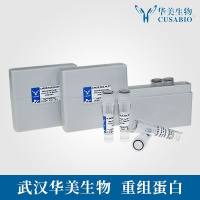BAC Rescue: A Tool for Functional Analysis of the Mouse Genome
Transgenic mice are widely used for determination of gene function and to generate animal models of human disease (1 ). Such mice are generated by introducing a gene of interest into the genome and ectopically expressing it using a heterologous promoter. The choice of the heterologous promoter depends upon the tissue or the time at which a particular gene has to be expressed. Although these transgenic mice have been very informative, quite commonly the transgenes do not accurately reflect the expression pattern of the endogenous promoter owing to the lack of certain regulatory sequences that may not be present in the sequence used to drive the expression of the transgene. This disparity may be attributed to the fact that the cis-regulatory sequences may be located several kilobases (kb) away from the coding region or may even be embedded in the neighboring gene (2 ,3 ). In addition, the presence of the cis -acting elements cannot be determined merely by the DNA sequence information. Bacterial artificial chromosomes (BACs) contain large segments of genomic DNA (>300 kb) and thus, most likely, contain all the cis -regulatory elements of a gene (4 ). This large insert size provides an opportunity to express any gene under the control of the regulatory elements that is likely to mimic the endogenous expression pattern. BACs are, therefore, ideal for generating transgenic mouse lines.
![预览]()




![四[N-邻苯二甲酰-(S)-叔亮氨酸基]二铑双(乙酸乙酯)加合物;154090-43-4;Elemental analysis(Nitrogen) 3.30 to 4.50 %;V66234-25mg](https://img1.dxycdn.com/p/s14/2025/1029/004/8672158669127143891.jpg!wh200)

